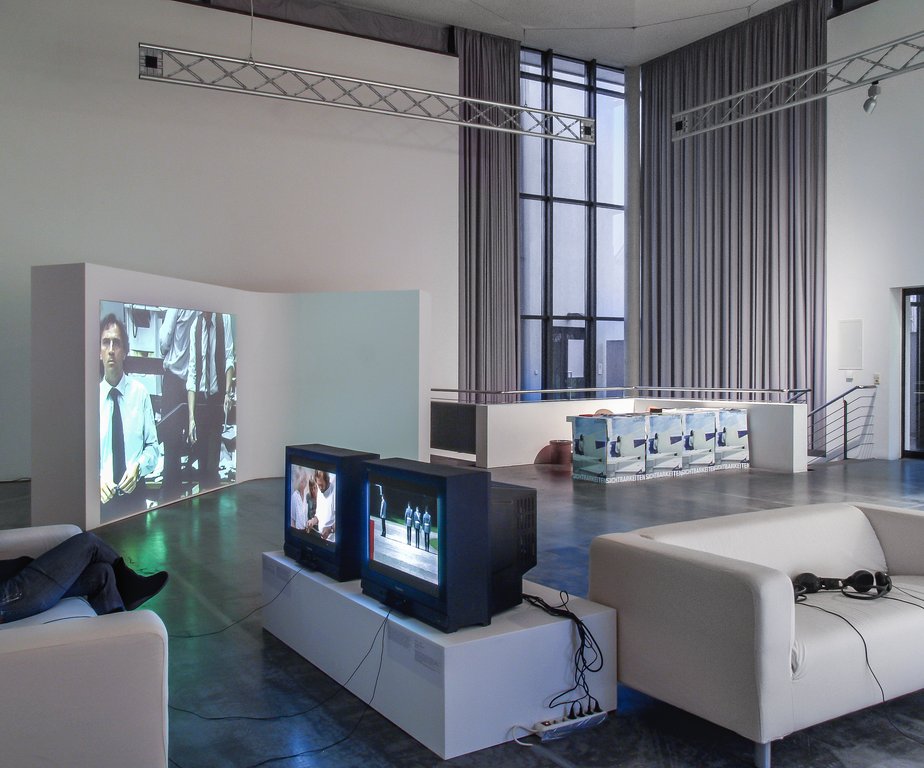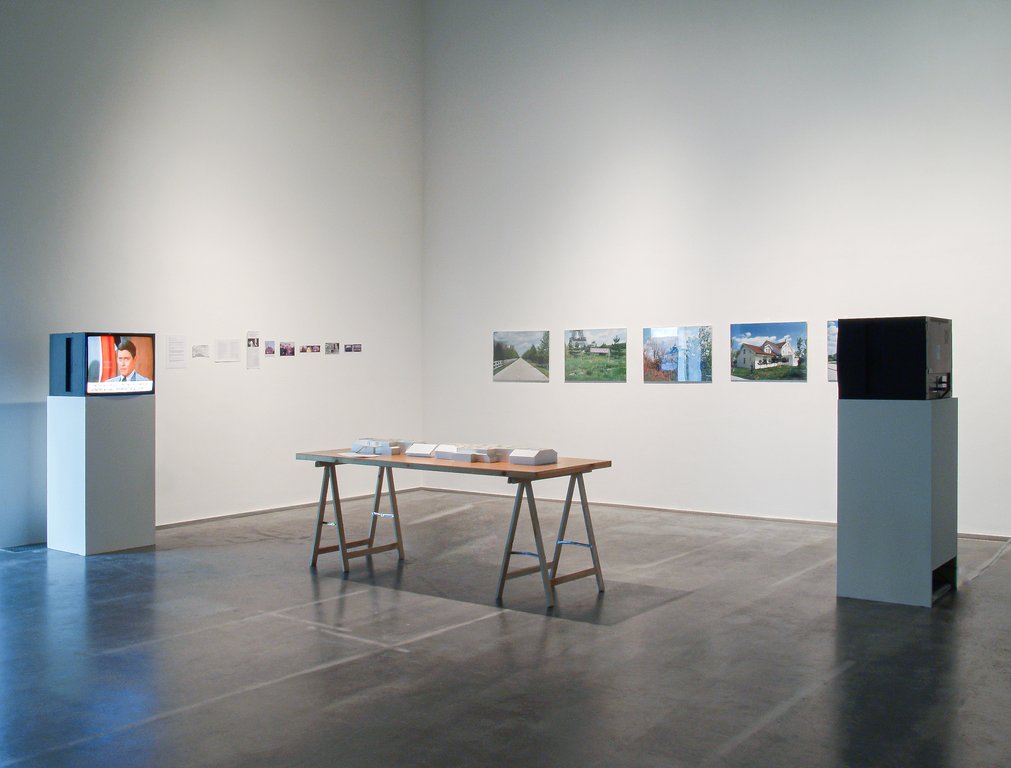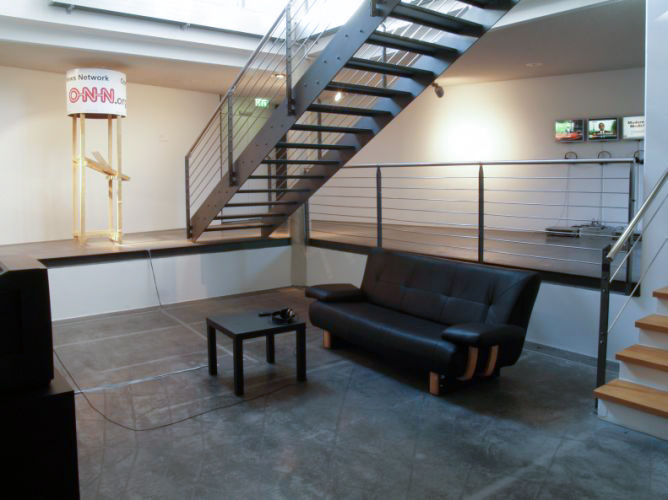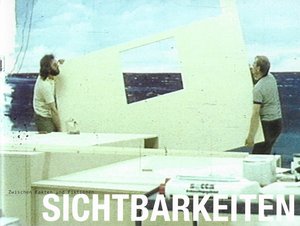Visibilities_Between Facts and Fictions
In a society in which reality is largely conveyed by the mass media and whose digitally produced images are analysed and interpreted by computers the question arises how to still differentiate between facts and fictions. Our perception has adapted to media-transmitted images to such a degree that mediated experience has come to be thought of the as norm for aesthetic experience – there is no 'beyond media'. The images of the media world construct reality and thus identity, too, is increasingly circumscribed by these constructed realities. Only when broadcast on a TV-screen or transmitted via the Internet events seem to become 'real'. Media theorist Jean Baudrillard even argues that we have lost any possibility of accessing any sort of tangible reality in the age of electronic mass media.
Digital technologies have become part of our daily lives and influence the way we act and are. We are facing a development of perceptual possibilities in time and space, which are fundamentally connected to electronic information technologies. In his book Techniques of the Observer (1996) Jonathan Crary describes the changes in our modes of perception brought about by computer-controlled vision and points out that new technologies in image production have become dominant models for visualisation. As observers we are not at a distance to the world, we are part of the system, part of the global network-structures. Individual experiences are made not only in material real space any more but also in the abstract realm of electronic networks. There new structures for communication evolve, which allow many people to democratically participate in social processes. They also serve as escape routes from reality, however, and create fictitious worlds in which identities can be changed like fashionable accessories. Identity has become a variable, which seems to be freely interchangeable. Reality shows turn private lives into a soap opera, replace apparent authenticity with a show staged for the media.
The exhibition Visibilities_Between Facts and Fictions addresses the topic of this staging of reality by the media in our information society. It questions the truth-value of media images. How is an ever increasingly complex reality to be represented, without playing it down like the TV or movie industries do? The status of the visible is put to the test.
By means of simulation and the staging of reality the selected artworks render the constructedness of apparent factuality visible and fictitiousness transparent. They use media for communicating information to pose the question of fabrication and representation from within these media. They deal with the thin line between authentic experience and fabricated authenticity. The works shown in the exhibition develop counter-strategies and reveal the mechanisms of manipulation. Besides insights into the media's constructions of realities some of the works offer the possibility for participation and therefore the chance to actively engage in the production of mass media images.




